









































Embarking on the open water is an exhilarating experience, flled with the promise of adventure and relaxation. Whether you’re a seasoned sailor or a weekend cruiser, protecting your vessel with proper insurance is not just a choice—it’s a necessity. Explore the reasons why every boat owner should prioritize boat insurance for a worry-free voyage.
The open water can be unpredictable, with unexpected storms, collisions, or other potential accidents. Boat insurance can give you fnancial protection if there is damage to your vessel, providing coverage for repairs or replacement.
Accidents on the water can result in damage to other boats, docks, or even injuries to passengers. Boat insurance offers liability coverage, which can pay for damages or injuries you’re liable for while boating, up to specifed limits, and lawsuit costs if you’re sued. This includes damage you cause to another watercraft or if someone on or near your boat is injured and you’re found to be legally responsible.
Unfortunately, boat theft and vandalism are realities that boat owners face. Boat insurance has comprehensive and collision coverage that can protect you against events outside of your control, including theft and vandalism.
Accidents on the water may lead to injuries for you or your passengers. Boat insurance offers a range of optional medical payments coverage limits, helping to cover medical expenses if you are in an accident or someone is hurt on your boat, regardless of fault.
If you fnanced the purchase of your boat, most lenders require insurance coverage to protect their investment. Having boat insurance not only fulflls these requirements but also gives you peace of mind knowing that your fnancial interests are safeguarded.


Some water municipalities and marinas may require proof of insurance for docking or accessing certain areas. Boat insurance allows you the fexibility to explore different destinations without worrying about entry restrictions.
Emergency towing and assistance
Progressive boat insurance can include optional Sign & Glide® On-Water Towing coverage. If your boat is disabled or breaks down on the water, Sign & Glide® pays for on-water towing, jump starts, soft un-groundings, and fuel delivery.
Wreckage removal
If your boat sinks, Progressive boat insurance will cover the cost of removing your boat from the water (if removal is legally required).
Investing in boat insurance is not just about protecting a valuable asset; it’s about safeguarding the memories, experiences, and joy that come with your on-water adventures. Don’t let unforeseen circumstances disrupt your journey—navigate with confdence, knowing that Progressive boat insurance has you covered. Ensure a smooth and worry-free voyage, because when it comes to your boat, peace of mind is the ultimate luxury.
Scan to get a quote in as little as 4 minutes
learn more.





















By Ben Martin, Editor in Chief
The non-pro!t Protect Our Waters reports that, “Fish stocking has been a vital tool for maintaining healthy !sh populations in America’s lakes, rivers, and reservoirs. However, in recent years, most of our waterways have su ered from declining !sh stocks due to habitat destruction, over!shing, pollution, and climate change. If we’re going to combat these challenges, we’re going to need to ramp up our !sh stocking e orts to ensure the sustainability of recreational !shing, and food security.”
Fishing is one of America’s most popular outdoor activities, with millions of anglers heading to the water each year. e recreational !shing industry contributes over $125 billion to the economy annually and supports nearly a million jobs. Unfortunately, declining !sh populations threaten our industry, leading to fewer opportunities for anglers and reduced economic bene!ts for communities that rely on !shing tourism.

but also sustains the businesses like as bait shops, tackle manufacturers, and guide services that depend on a thriving !shery. Additionally, if we’re going to
can lead to an imbalance in the food chain. Stocking e orts can help restore native species in waters where they have declined, preventing the dominance of invasive species that may outcompete them.
While recreational !shing is the primary focus of most stocking programs, increased stocking can also support food security. Stocked !sh provide a renewable source of protein for both commercial !sheries and subsistence anglers.
Enhanced !sh stocking e orts can help mitigate the negative impacts that we’re seeing by introducing hybrid climate-resilient strains of !sh, e technology is there, we just have to use it. Without proactive stocking and conservation e of our favorite species of dramatic declines in the coming decades.
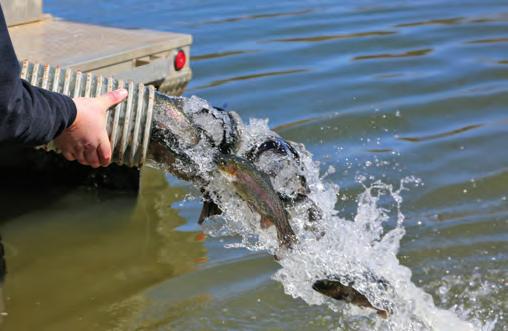
By increasing !sh stocking e orts, states could easily replenish popular game !sh species like red!sh, $ounder bass, trout, walleye, and crappie, ensuring that anglers have plenty of !sh to catch. is not only keeps !shing enthusiasts engaged
encourage a younger generation of anglers to be passionate about this wonderful pastime, they’ve gotta be able to catch !sh.
Many ecosystems are under constant pressure from habitat degradation, invasive species, and pollution. In some cases, native !sh populations struggle to maintain healthy numbers, which

America’s !sh stocking programs could and should play a critical role in maintaining healthy !sh populations, supporting the economy, preserving ecosystems, and enhancing food security. With increasing environmental and economic pressures threatening it’s time for a signi!cant investment in stocking e orts. By expanding hatcheries, improving stocking strategies, and integrating habitat conservation e orts, America can ensure that its waters remain abundant with !sh for generations to come.
Protect Our Waters is an angler-sponsored, nonpro!t organization with it’s primary focus on the sustainability and enhancement of recreational !shing. Learn more at ProtectOurWaters.com.













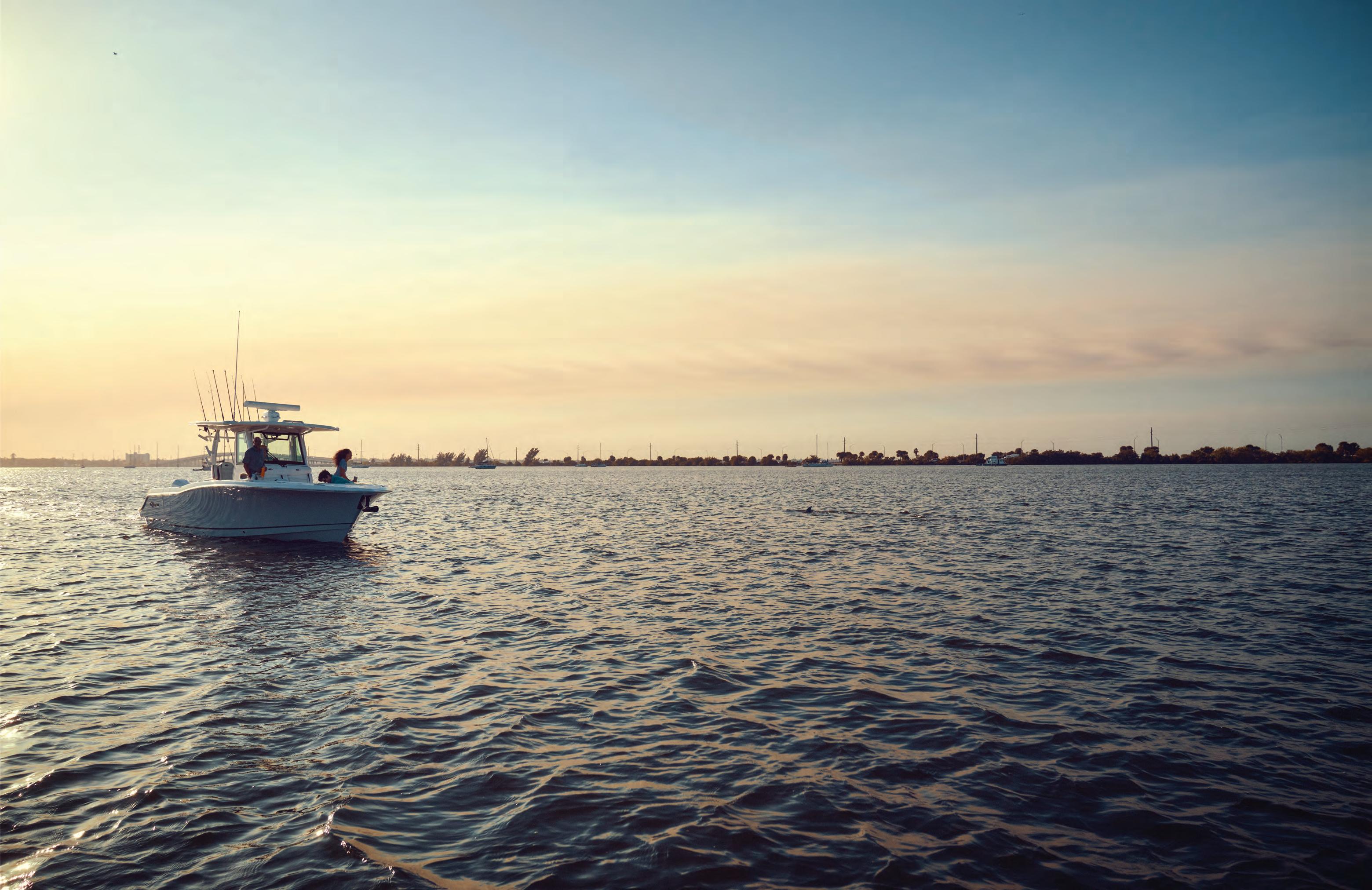
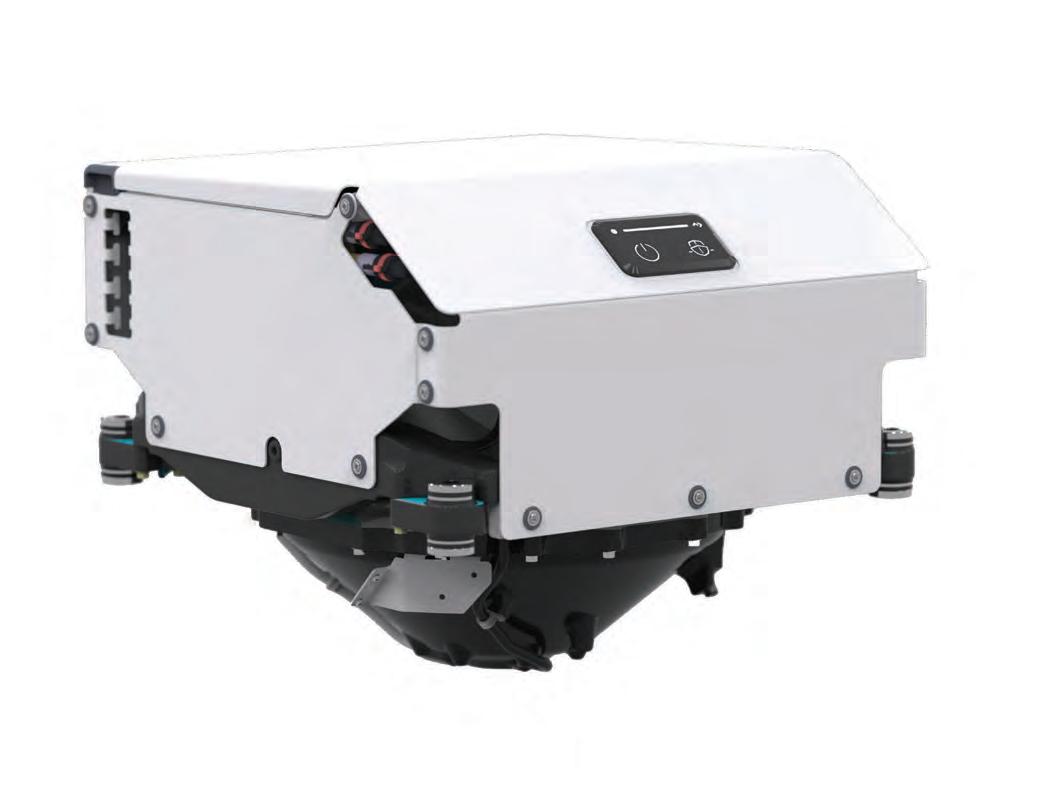



There are many reasons why the beautiful, deep-water queen snapper has made its way to the top of many anglers’ bucket lists. Not only is this !sh unique and stunning in appearance, but the quality of !llets it produces tops the scale of other snappers.
Most !sh that are harvested from the deeper, cooler waters, as with queen snapper, tend to yield higher quality table-fare. With the thick white meat on these !sh, that can grow over twenty pounds, targeting this species is a foodie’s delight.
Queen snapper can be found from 400 to 1,600 feet of water, spawning year round, with schools constantly on the move. Although they can be targeted over ledges and deep-sea coral beds within these depths, it’s not common to catch one as bycatch while not speci!cally intending to target them. As with most !sh with a penchant for these depths, research is scarce, with !shermen providing the majority of information on their observed behavior. at being said, targeting this species will be more productive with an experienced guide, rather than going it alone and winging it.
If you are a part of the DIY deep-dropping explorers club, and looking to add queen snapper to your hunt, you’re probably going to want to make a few di erent rigs for them.
An electric reel setup is recommended for this type of !shing. Not only due to the depths you are trying to reach, but you may only get short
By Capt. Quinlyn Haddon
dri%s over where you need to be before its time to reset.
e standard drop LEDs and lights should be used the same as with other deep-drop methods. Utilizing a heavy mono!lament leader line of approximately 300 pounds, a x your !ve drop lines at varying distances from each other. You may !nd you get bites higher up in the water column on certain days, making an extremely long leader more productive in !nding the !sh, especially on a !rst dri%. e drop lines should be decorated with your choice of glowing fandangles, whether it be glow wraps, rubber squids or the simple glow beads. Circle hooks ranging from 7/0 to 10/0 are e ective, and if you choose to put a variety of sizes on a single rig, the larger hooks should be at the bottom of the line.

this type of !shing is new to you, pepper in a few chunks of skin-on bonita in your presentation.
If you happen upon your queen snapper territory and !nd yourself in conditions without much current, you can also attempt to catch them with a heavy slow pitch jig. As long as you have light braid and a heavy jig to get to the bottom, and the energy and tenacity to retrieve it again, this is a productive method in extremely light current.
Once you start catching !sh, you may !nd they are consistently eating the bottom hook or the top hook, you can then play around with switching your rig to a longer or shorter leader.
e ideal go-to bait for queens is squid, but since this is a so%er bait, its easier to miss the bite. If
Queen snapper can be found deep in the gulf, and in the Atlantic from North Carolina to Brazil. While they have hot spots in the Bahamas and deep within the Gulf, e Atlantic waters of e Florida Keys o ers the best opportunity to target these within the United States and with the most minimal travel time. With mahi season around the corner in the Florida Keys, this is a great time to start heading o shore for queen snapper, as it provides a chance to target mahi to and from the deep-drop spots. Give me a call to get out there!
Capt. Quinlyn Haddon guides with Sweet E’Nuf Charters out of Marathon, e Florida Keys. (504) 920-6342. www.captainquinlyn.com; IG: @captainquinlyn


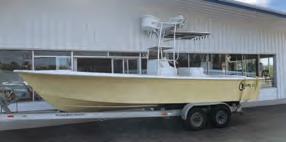





For anyone looking to build the best rod you’ll ever !sh, All-In-One Rod Building Kits from Mud Hole Custom Tackle are the ideal starting point. All-In-One kits take all the guesswork out of building a !shing rod, making it easy and enjoyable. Whether casting, spinning, y, or even ice, Mud Hole has everything you need for the perfect performance !shing rod and to start a lifetime of custom building.
Mud Hole’s All-In-One Rod Building Kits make it simple. Each kit includes everything you need—rod blank, guides, reel seat, grips, thread, and even the tools and supplies for assembly. With everything already preselected and packaged together, beginners don’t have to worry about picking out matching components and determining which supplies and tools are needed—all the work has been done by their professional builders.
Plus, Mud Hole provides all of the instruction required to build your !rst !shing rod. Kits include an easy-to-follow instruction book, and Mud Hole is the world’s largest source of free online rod building education material and content. ere’s nothing like catching a !sh on a rod you built. And All-In-One Rod Building Kits from Mud Hole Custom Tackle are the perfect way to get started in this time-honored cra$.

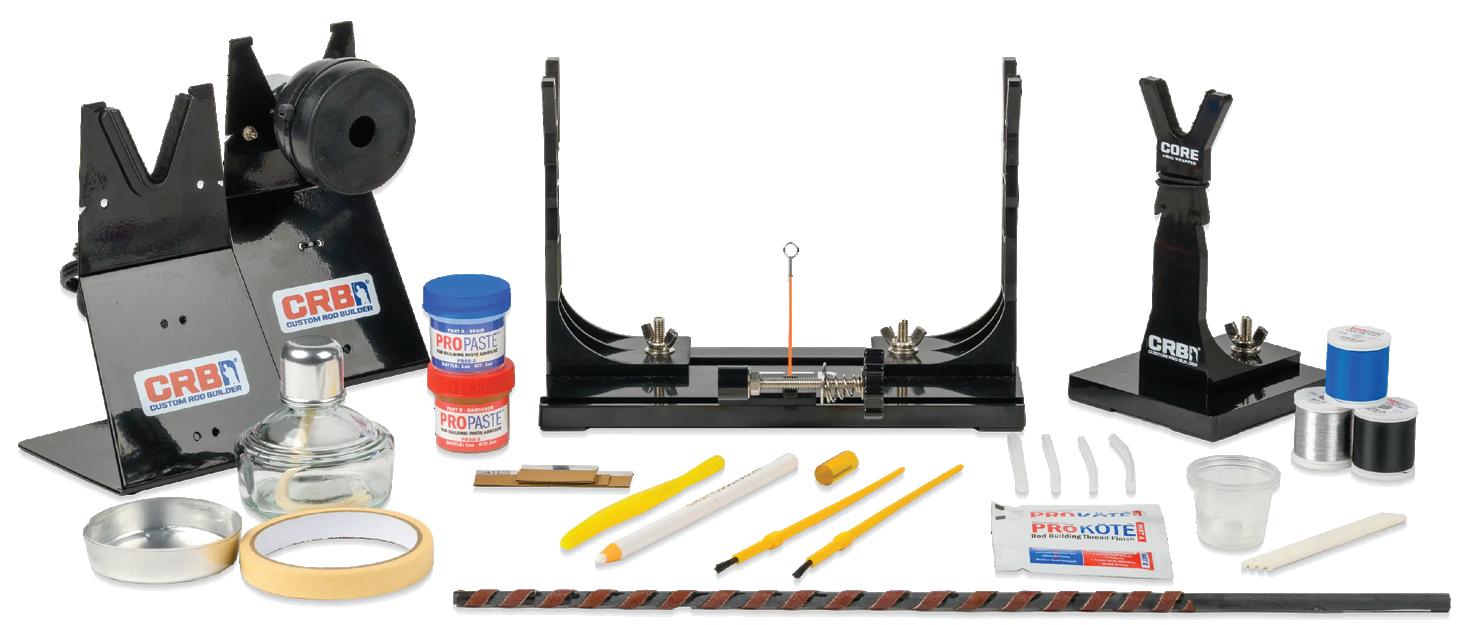


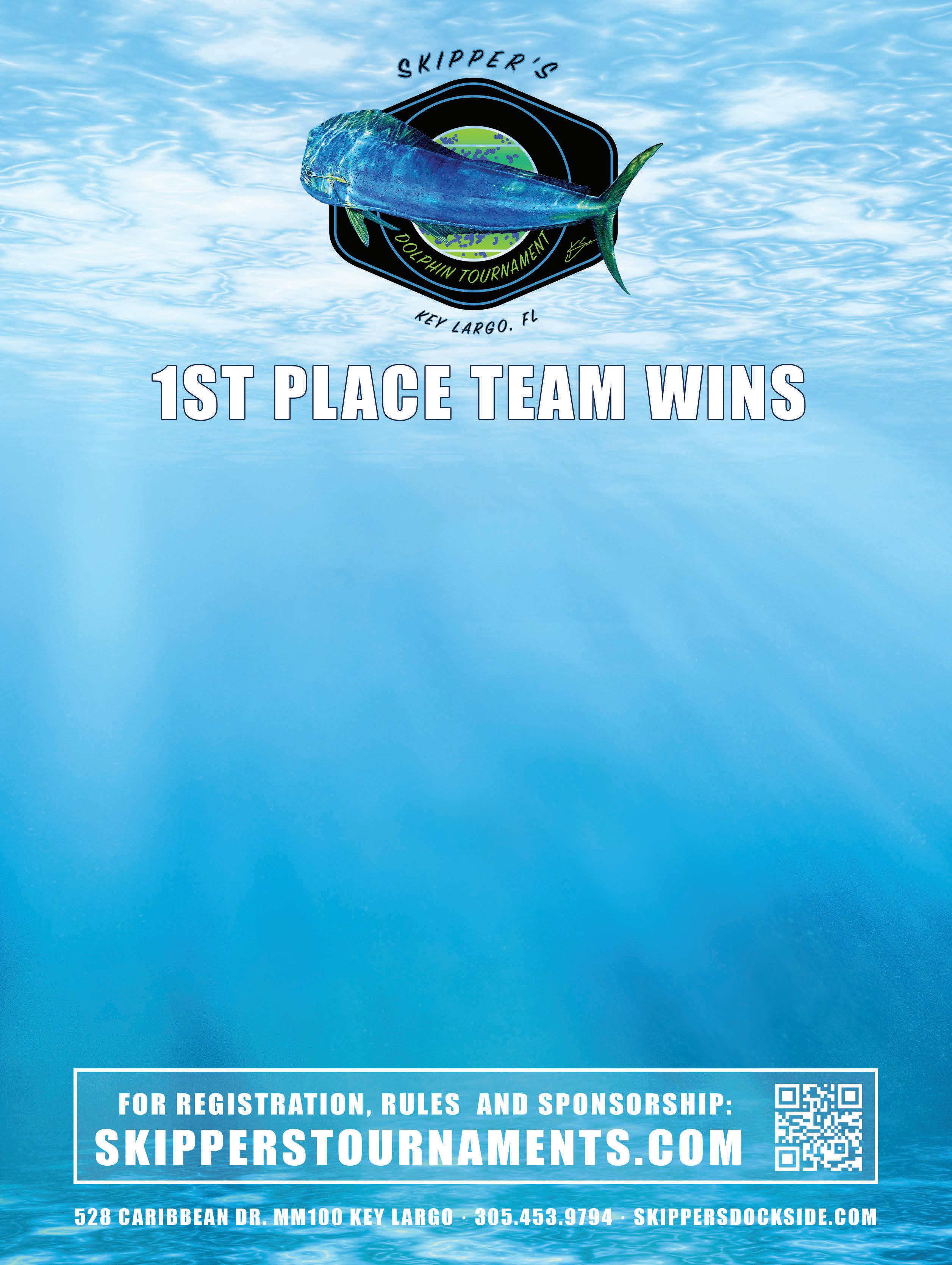

We are thrilled to introduce the renowned Coastal Angler Magazine to Coastal North Carolina! Since 2008, Coastal Angler Magazine has been a trusted resource for anglers across Florida, providing valuable fishing insights, local reports, and industry news. Now, with the launch of the Coastal North Carolina Edition, anglers and outdoor enthusiasts from Brunswick to Beaufort Counties will have access to the same wealth of information, tailored specifically to our region.
Coastal Angler Magazine is a nationally recognized publication, with over 280,000 copies distributed each month across 28 franchised markets. The magazine connects anglers, captains, and businesses within their local fishing communities, offering both print and digital editions to reach a wide audience.
As lifelong entrepreneurs with over 30 years of business experience and a deep-rooted passion for coastal living, we are excited to bring this publication to our area. For the past 14 years, we have called Sneads Ferry, NC, our home—raising our son, Wyatt, and actively engaging in our local community. Our love for fishing, boating, and the coastal lifestyle drives our commitment to providing a top-tier resource for anglers and businesses alike.
We look forward to growing with the Coastal Carolina fishing community and providing a valuable platform for local businesses, captains, and fishing enthusiasts to connect, learn, and thrive.
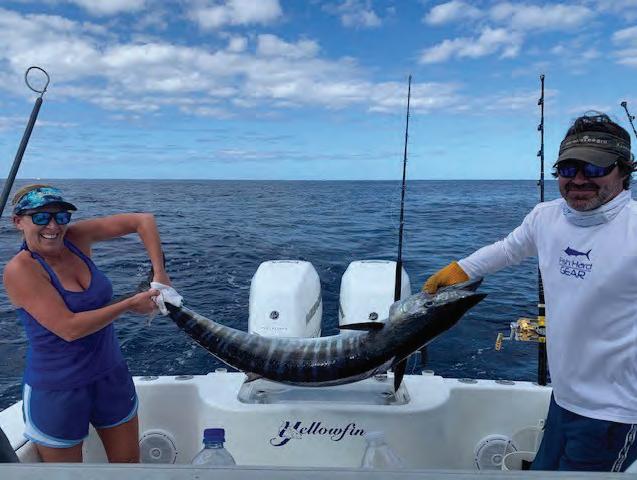


Ioften hear the words “Right of Way” and “Law of Gross Tonnage” when people speak about boating. Simply put, it is the responsibility of every vessel operator to operate in a safe manner and to take every measure possible to avoid a collision even if one Captain believes they have the “Right of Way”.
The term Right of Way does not exist under the Inland nor International Navigation Rules. There exists a stand-on vessel, and a give-way vessel. The stand-on vessel is the vessel being overtaken, or the vessel approaching from your starboard side when crossing. When overtaking, it’s like driving a car, you should try and overtake the vessel on their port side, keeping a safe distance so the overtaken vessel can maintain course and speed. In a crossing situation, think about it this way, the navigation lights on a vessel are red on the port side and green on the starboard side. If you are approaching a vessel in a crossing situation and you see their port side, or red side, you should give way to that vessel. The other vessel will maintain course and speed.
Here is my disclaimer; these are not the only examples of give-way and stand-on, but it is a quick overview of each. Many more instances exist, and every situation cannot be covered in a short article. In most cases, common sense prevails. There are many resources available for free when it comes to boater education. Take a course and make boating more enjoyable.
CAPTAIN MIKE HOLLOWAY Sneads Ferry, NC











































































April is the month of change. We’ve finally made it out of March and into a warming trend that triggers everything we like to fish for to eat. Everything offshore, near shore, inshore back waters, and even freshwater are in overdrive right now. This time of the year I live for. Everything from Shad to Bream and Bass are chewing along with all the Drum, Trout and Flounder inshore, the Bonitos and Spanish will start this month near shore.

Of course, the offshore bite will be going off with Tuna, Dolphin, Wahoo, and those endangered Grouper and American Red Snappers on the bottom. The good news is… there are plenty of other species out there on the bottom to bring home a cooler full of really good “organic” groceries. Triggerfish, Beeliners and Grunts provide plenty of wonderful dinners at the Barefoot household.
Bottom line is this … whatever you’re fishing for, they’re chewing the entire month of April.
The older I get the more I tend to fish near shore, inshore, and even fresh water due to bad weather and poor sea conditions. It’s been blowing for three solid months now with very little time to get offshore, especially on weekends it seems. One species I truly look forward to is the Bonito right off the beach on or near artificial reefs or wrecks. Good manners on a Bonito bite will benefit you as well as the guy next to you casting jigs to fish. Don’t troll through the fish and scatter them for everyone, post up wind and drift down to fish. Cast jigs and metal, it’s far more productive and satisfying.
The most productive baits to throw at the Bonito are lures that have erratic action or metal jigs. One of my favorite lures is the 3/8-ounce Barefoot jig with a fluke or super fluke for a soft plastic, I would even consider throwing a double tackle but don’t be surprised when you catch two at a time.

To summarize, if you like to fish, April and May are two of the best months, so get out there and get after it. Whatever you choose to fish for, take the kids with you, teach them how to be good stewards of our resources, and take plenty of video. You’ll appreciate that later in life when you can look back at your children when they were younger doing what they love.

1
2
4
5

21




































































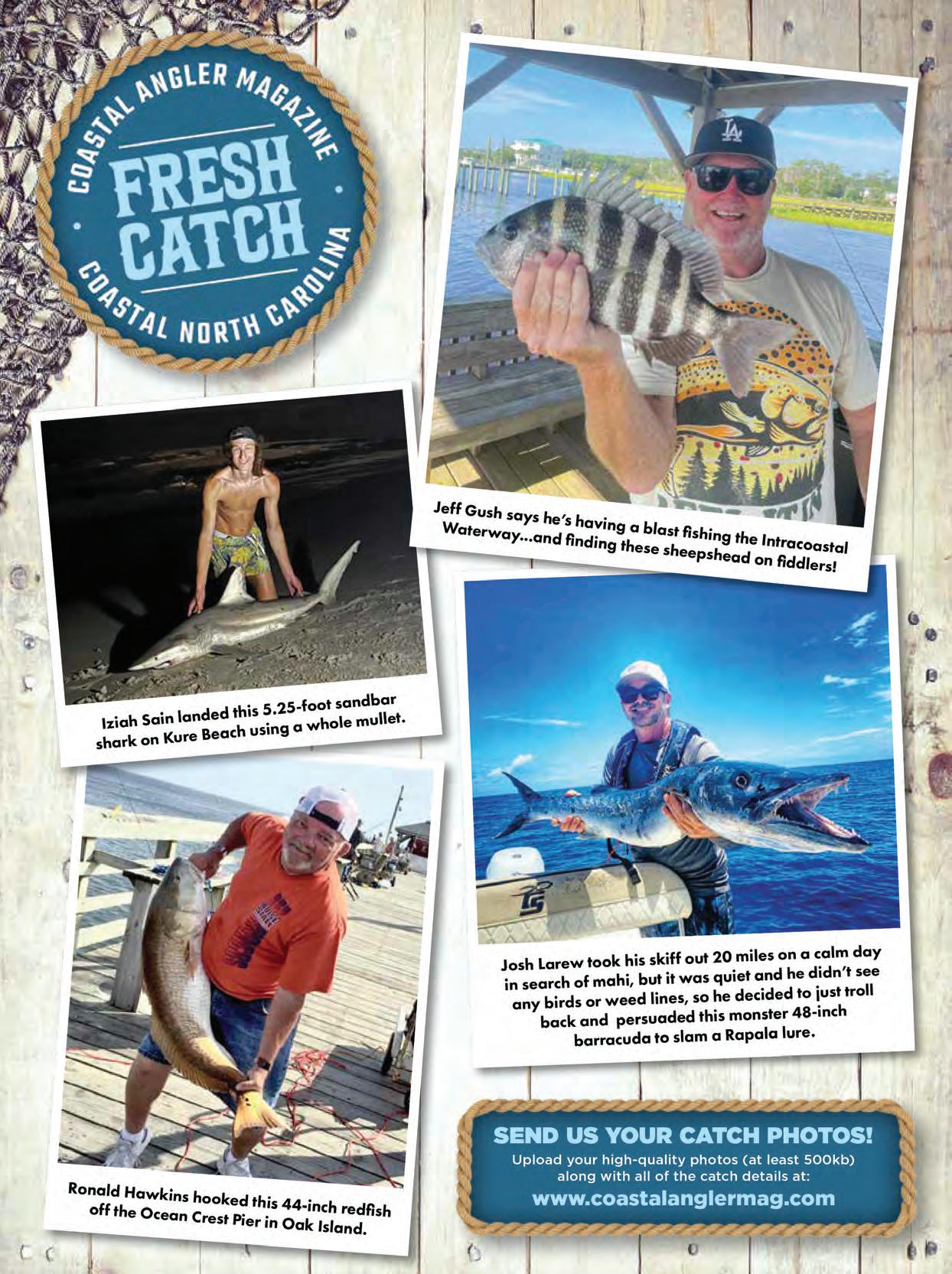


With the water starting to warm up you can look for the Redfish and Speckled Trout to start moving out of the shallow water into the deeper water.
Sea mullet, Bluefish, Pufferfish and Black Drum will also start showing up.
The Bluefish limit is three per person, Redfish has a limit of one with a slot between eighteen inches and twenty-seven inches. Speckled Trout is closed until June the 15th.
Near Shore
When the water gets into the sixties you can start looking out for the Atlantic Bonito, False Albacore, Bluefish, Spanish Mackerel and small Blackfin Tuna. These fish can be caught throwing jigs such as big Nic’s Spanish candy, or Yo-zuri Crystal Minnows. Trolling is an effective way to catch these fish using a Mackrel Tree with a Clarkspoon or a single Clarkspoon both rigged on a #1 or #2 planer.
Offshore 20-30 miles
Black Sea Bass, Vermilion Snapper, Grunts, Amberjack, and other Bottom Fish are in abundance. Trolling; Atlantic Bonito, False Albacore and Amberjack with Cobia starting to show up.
150 Foot to the Gulfstream Wahoo, Scattered Dolphin, King Mackerel and Sailfish will get better toward the end of April. Places like the NAECO, Swansboro Hole, Yellowfin Hole, Devils A-Hole are good places to start!
Sneads Ferry NC





1
2
4
4
5
5
6
8
9
23


9 Wed 6:13 2.9 6:38 2.9 12:00 0.2 12:29 0.1 6:36 7:31
5:47 3.8 6:09 3.8 11:54 0.5 6:40 7:34
10 Thu 6:55 2.9 7:17 3.1 12:48 0.1 1:04 0.1 6:34 7:32
10 Thu 6:28 3.7 6:47 4.0 12:19 0.4 12:32 0.4 6:38 7:35
11 Fri 7:33 2.8 7:53 3.2 1:31 0.1 1:36 0.0 6:33 7:33
Fri 7:04 3.7 7:20 4.2 1:04
12 Sat 8:08 2.7 8:26 3.3 2:11 0.0 2:06 0.0 6:32 7:34
13 Sun 8:41 2.7 8:59 3.4 2:49 0.0 2:36 0.0 6:30 7:35
14 Mon 9:15 2.5 9:33 3.4 3:25 0.1 3:06 0.1 6:29 7:35
15 Tue 9:49 2.4 10:07 3.3 4:02 0.1 3:37 0.1 6:28 7:36 16
17 Thu 11:01 2.2 11:25 3.2 5:20 0.3

































































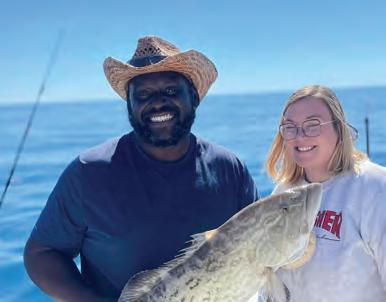









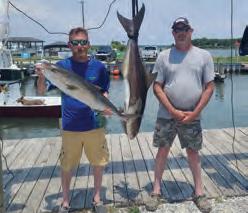

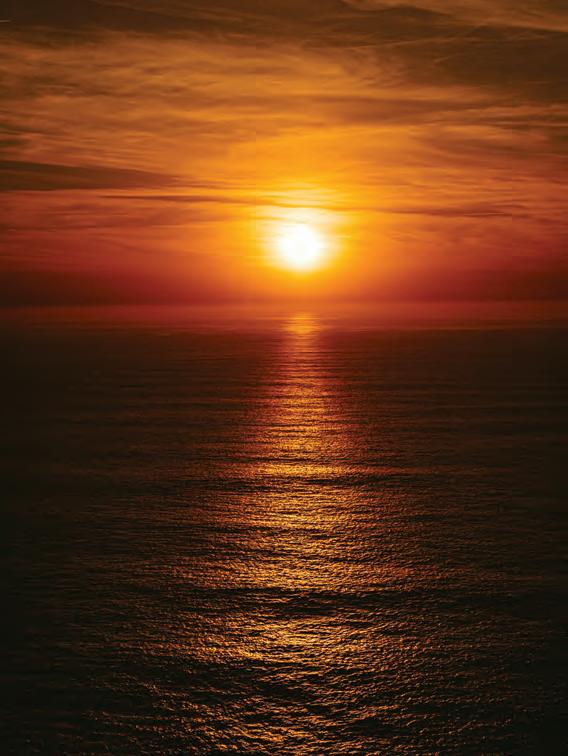




Anchor 911 is a rescue device that helps free a fouled anchor. When retrieving simply pull the anchor in the opposite direction it was set, allowing the release to slide to the back of the anchor clearing the anchor from obstruction.
www.anchor911.com


In March, NC Senate Bill 220 was introduced to restrict public access to our waterways from public roads. If passed, it would have made it illegal to pull over on public land and launch a john boat, kayak, or canoe into public water.
That’s right—our own public waters, part of the natural heritage of North Carolina, were nearly stripped away from the people who built this state, fought for it, and call it home.
The Public Trust Belongs to the People—Not Politicians.
From the mountains to the coast, North Carolina’s waters have been a lifeline for generations. Whether it’s a child catching their first fish, a veteran finding peace on a quiet river, or a family spending the weekend exploring our creeks and sounds, these waters belong to all of us.
The Public Trust Doctrine guarantees our waterways remain free and open to the people—not locked away for the privileged few. This bill was an attack on our God-given freedoms, the kind that generations before us fought to protect.
The People Fought Back—And Won!

This bill was shut down immediately, not because politicians had a change of heart, but because the people rose up and made their voices heard. North Carolinians from all walks of life flooded their representatives with calls and messages, reminding them that this is a government of the people, by the people, and for the people.
This is proof that when we stand together, we win.
But This Fight Isn’t Over.
Freedom is never more than one bad law away from being lost. If we aren’t vigilant, next time they might succeed.
So let’s send a clear message to every lawmaker in North Carolina: We are watching. We will hold you accountable. We will not allow you to take what belongs to us.
To those who introduced or supported this bill, consider this your wakeup call. We are willing to work toward real solutions, but we will not stand by while our rights are taken away.


4
1
1
2 Wed 4:23 4.0 4:37 2.8 10:49 -0.1 10:44 -0.4 6:50 7:30
3 Thu 5:21 3.8 5:36 2.7 11:48 0.1 11:44 -0.2 6:49 7:30
4 Fri 6:22 3.6 6:41 2.6 12:51 0.3 6:47 7:31
5
5 Sat 7:26 3.4 7:48 2.6 12:50 0.0 1:55 0.3 6:46 7:32
6 Sun 8:31 3.3 8:57 2.6 1:58 0.1 2:56 0.4 6:44 7:33
10:31 0.6 10:41 0.6 6:42 7:33
7 Mon 9:36 3.2 10:03 2.7 3:04 0.2 3:54 0.3 6:43 7:34
8 Tue 4:58 3.8 5:25 3.6 11:15 0.5 11:31 0.5 6:41 7:34
8 Tue 10:34 3.1 10:59 2.9 4:07 0.2 4:46 0.3 6:42 7:34
9 Wed 5:47 3.8 6:09 3.8 11:54 0.5 6:40 7:34
9 Wed 11:23 3.0 11:46 3.0 5:03 0.2 5:31 0.2 6:40 7:35
10 Thu 6:28 3.7 6:47 4.0 12:19 0.4 12:32 0.4 6:38 7:35
10 Thu 12:05 3.0 5:54 0.2 6:10 0.2 6:39 7:36
11 Fri 7:04 3.7 7:20 4.2 1:04 0.4 1:07 0.4 6:37 7:36
11 Fri 12:27 3.1 12:44 2.9 6:39 0.2 6:47 0.2 6:38 7:37
12 Sat 1:04 3.2 1:19 2.8 7:21 0.2 7:21 0.2 6:36 7:38
12 Sat 7:37 3.7 7:52 4.3 1:44 0.3 1:40 0.4 6:36 7:37
13 Sun 8:08 3.6 8:23 4.4 2:20 0.3 2:12 0.4 6:35 7:38
13 Sun 1:39 3.3 1:53 2.7 8:00 0.2 7:54 0.2 6:35 7:38
14 Mon 2:13 3.3 2:25 2.6 8:38 0.3 8:27 0.2 6:34 7:39
14 Mon 8:39 3.5 8:56 4.4 2:54 0.3 2:43 0.4 6:33 7:38
15 Tue 9:13 3.4 9:32 4.3 3:28 0.4 3:15 0.4 6:32 7:39
15 Tue 2:47 3.4 2:58 2.5 9:15 0.3 0.2 6:33 7:40
16 Wed 3:23 3.4 3:31 2.5 9:53 0.4 9:35 0.2 6:31 7:41
16 Wed 9:50 3.2 10:14 4.2 4:04 0.5 3:49 0.5 6:31 7:40
17 Thu 4:01 3.4 4:08 2.4 10:35 0.5 10:13 0.3 6:30 7:42
17 Thu 10:33 3.1 11:03 4.0 4:44 0.7 4:27 0.6 6:30 7:41
18 Fri 4:45 3.3 4:52 2.4 11:22 0.5 11:00 0.3 6:29 7:42
18 Fri 11:24 3.0 11:54 4.0 5:28 0.8 5:11 0.7 6:28 7:41
19 Sat 5:35 3.3 5:46 2.4 12:17P 0.6 11:58 0.4 6:28 7:43
19 Sat 12:15 3.0 6:16 1.0 6:03 0.8 6:27 7:42
20 Sun 6:32 3.2 6:48 2.4 1:13 0.6 6:26 7:44
20 Sun 12:45 3.9 1:08 3.0 7:12 1.0 7:06 0.9 6:26 7:43
21 Mon 7:30 3.2 7:54 2.5 1:04 0.4 2:08 0.5 6:25 7:45
21 Mon 1:39 3.8 2:08 3.2 8:17 0.9 8:23 0.8 6:25 7:44
22 Tue 8:30 3.2 9:00 2.8 2:09 0.3 3:01 0.4 6:24 7:46
22 Tue 2:40 3.8 3:14 3.5 9:17 0.7 9:35 0.6 6:23 7:45
23 Wed 9:30 3.2 10:02 3.1 3:14 0.3 3:52 0.2 6:23 7:46
23 Wed 3:44 3.8 4:16
24
25
27
29
28
29
30


















To every North Carolinian who loves this great state: Stay engaged. Keep speaking up. We will not surrender our rights, our waters, or our way of life. This isn’t just about us—it’s about future generations. Our children and grandchildren deserve to know the same freedoms we grew up with. If we don’t fight for them today, they will be gone tomorrow.
We are the stewards of these waters. We are the voice of the people. And we will never back down.
God bless North Carolina and the United States of America.
All the best in fishing, hunting, and paddling,
barefootcatsandtackle.com















































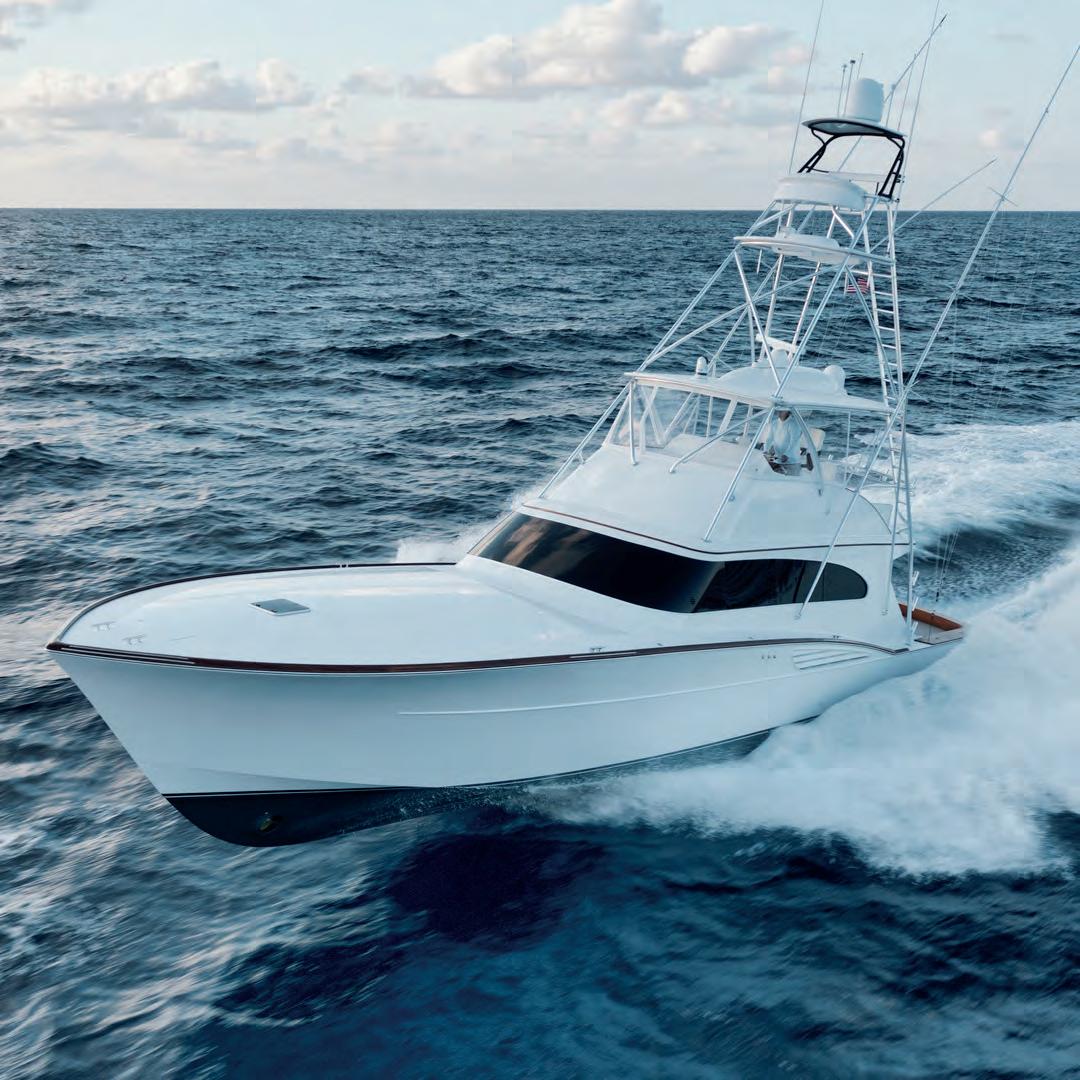














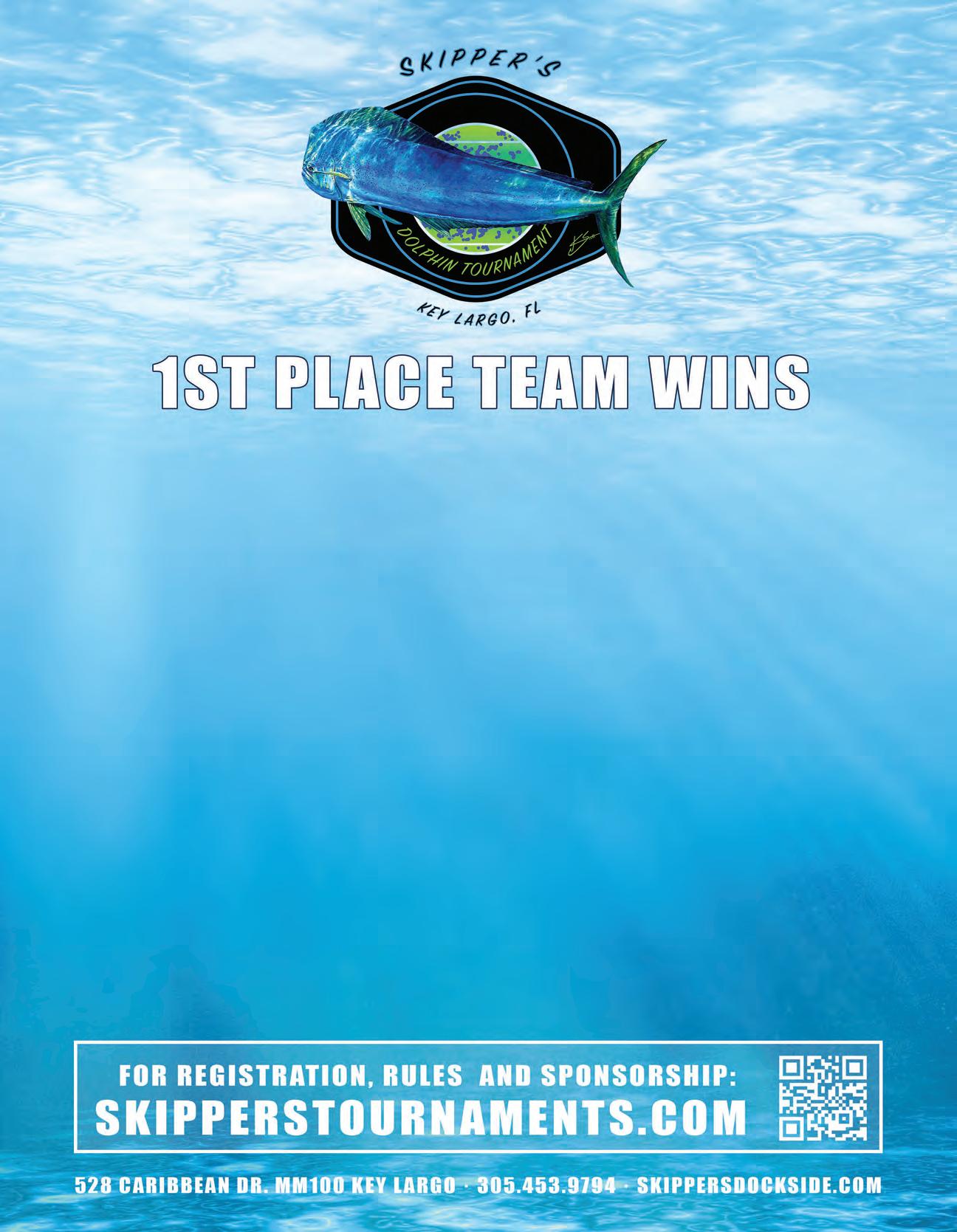




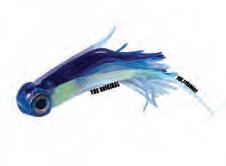

The National Pediatric Cancer Foundation (NPCF) created “Fishing Funds the Cure” to raise awareness and funds for crucial research. Each year, they unite corporate partners, passionate anglers, and dedicated supporters for Fishing Funds the Cure Tournaments through an activity that everyone loves. ese exciting inshore and freshwater shing tournaments are held in beautiful locations like St. Pete Beach and Sarasota, Florida, San Juan, Puerto Rico, and more. Each event, thoughtfully designed to engage supporters, features a kick-o celebration, angler swag bags, an awards dinner and a silent auction, all dedicated to making a meaningful impact.
NPCF organizes these events to blend the universal love for shing with an important cause. eir mission is to conduct research leading to less toxic and more therapeutic treatments for children with cancer, and are committed to making a di erence in a system that o$en neglects our children. Despite their bright futures, only 4% of government funding for cancer research supports pediatric initiatives, highlighting the urgent need for advocacy.
NPCF has made remarkable progress and is recognized as the nation’s leading solution, delivering rapid, innovative, and e%cient science
through a collaborative network of 40 hospitals. Operating independently of pharmaceutical and government funding, with eight institutions noted in the “Top 20” by US News, they have invested over $40 million in translational studies and clinical trials. NPCF currently have 30 studies and 11 active trials:
• A new drug compound – which could be the 11th drug utilized to treat children
• Blood bio-marker study – which could be a prevention indicator for relapse patients
• A rare disease trial addressing “rhabdomyosarcoma”
• Multiple combined immunotherapy trials to include a potential vaccine
• NPCF has also authorized the “ rst-ever” education toolkit – provided to pediatric cancer families
• ey are also developing treatment guidelines for relapse patients
If shing is your passion, NPCF invites you to channel that enthusiasm toward a worthy cause. Join them at one of their tournaments, organize your own fundraising event, or take on their “43 Challenge” to honor the 43 children diagnosed

with cancer every day. You can easily start by using NPCF’s online fundraising tool, challenging 43 friends to sh, and encouraging them to donate $43.
e National Pediatric Cancer Foundation is proud to be a top-rated charity, with 89% of every dollar donated directly supporting research. To learn more, visit NationalPCF.org.






The month of April is when the real change comes around. For a number of reasons, April can be a game changer. Just for starters, we have made it out of the month of March and the “Gales of March.” !e temperatures will rise, the daylight hours will be longer, and the urge to spawn will get stronger for a lot of species.
!e pelagics will be on the march up the coast headed north, and I have taken a much di erent approach to shing in general, but especially for the pelagics. Sure, we may troll for a short period in the morning to mark some bait and/or productive bottom holding sh like African pompano, big snapper and grouper, but trolling will quickly stop and dri$ing and/ or %ying the kite will begin as the sun rises in the sky. As the title of the article suggests, we have either stopped on the way out or will start to work with the Sabiki right away.
!is is the key: when you have the live bait, you get the bites. Don’t hesitate to bring bait from the dock like pin sh, menhaden, etc. to use as light-line kite bait or bottom bait. Sometimes it’s just easier to pull up beside the bait barge and exchange some green for sardines, cigar minnows, goggle eyes, etc., so you can just get on with getting to where





Tim Barefoot

you’re going and start shing right o the bat. When you nd a good mark of bait, and hopefully bottom structure, the stage is set. Put the kite %oats, tackle or freelines out and start sending the jigs to the mid or lower water

column, and even to the bottom. Of course, I like a natural looking squid jig you can cast to breaking sh that’s heavy enough to sh in the mid to lower water column or a few hundred feet deep when needed on the bottom. the
entire time you were harvesting sh on the jig pay attention to the free line or %oat baits and keep some chum going if possible. !is is a great way to bring the sh to you. !ey will de nitely come to the chum.
As always, I would pay attention to the amount of noise you make. Don’t let cooler lids slam down or hard objects hit the deck; this will send a soundwave hundreds of yards away from the boat telling the sh something isn’t right. If you’re dri$ing quietly with a chum slick out and beautiful live baits, you have a recipe for success!
!is is a great time of year to catch that African pompano of a lifetime in 150- to 250foot range as they are ready to break up into smaller schools for spawning. Again, I like a squid-type jig because it is the primary food source for the African pompano. It is the bulk of their diet according to the experts. And it’s not just African pompano; everything out there, without exception, eats a squid. !is is a great way to catch big snappers as well. Pull up to where the marks are, make a dri$ and repeat as o$en as needed. A trolling motor upfront can slow the dri$ nicely, keeping your boat forward in the wind with the kite bait or %oat, and baits behind the boat very manageable.
And be sure to keep an eye on the recorder to know where to keep the jig in front of sh.
For more info on the squid jig and dri ing, check out Tim Barefoot’s YouTube channel and website, barefootcatsandtackle.com.
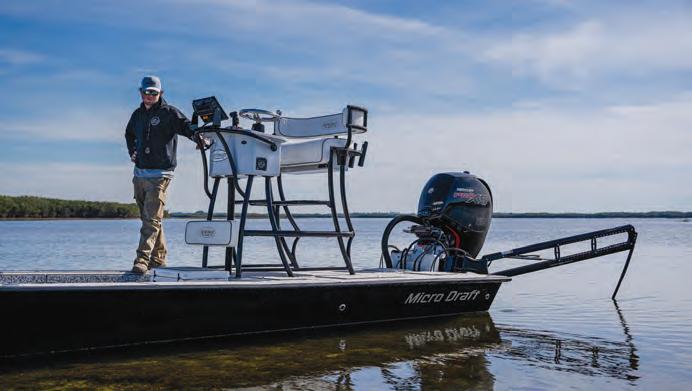





It was a warm summer afternoon and my wife and I were mingling with the best of them. The occasion was a 1920s-themed party, and everyone was dressed to the nines. Parked on the manse’s circular driveway was a beautiful classic convertible. It was here that I got the idea for our new 1920s Retrograde Watch.
Never ones to miss an opportunity, we carefully steadied our glasses of bubbly and climbed into the car’s long front seat. Among the many opulent features on display was a series of dashboard dials that accentuated the car’s lavish aura. One of those dials inspired our 1920s Retrograde Watch, a genuinely unique timepiece that marries timeless style with modern technology.

With its remarkable retrograde hour and minute indicators, sunburst guilloche face and precision movement, this design is truly one of a kind. What does retrograde mean? Instead of displaying the hands rotating on an axis like most watches, the hands sweep in a semicircle, then return to their starting point and begin all over again.

Retrograde watches by the big brands can set you back thousands; one recent offering from a big French fashion house is selling for more than $150,000! But because we’ve designed the 1920s Retrograde Watch in-house, we can offer it to you for just $99!
This watch is so wildly popular with our customers that we’re actually concerned about running out; we only have 937 729 left for this ad!
Join more than 1 MILLION smart people who love stauer watches

Watch Specifications:
• Precision movement
• Stainless steel case, caseback and crown
• Retrograde hour and minute indicators
• Water-resistant to 5 ATM




• Brown genuine leather band
• Fits wrists up to 8"
1920s Retrograde Watch
$399 $99* + S&P Save $300


*Special price only for customers using the offer code.





“An elegant and exciting timepiece that every collector will love.”
— George Tomas, internationally renowned watch expert



“[A] unique and beautiful timepiece.”
— Carlos C., Los Banos, CA





By Don Norton
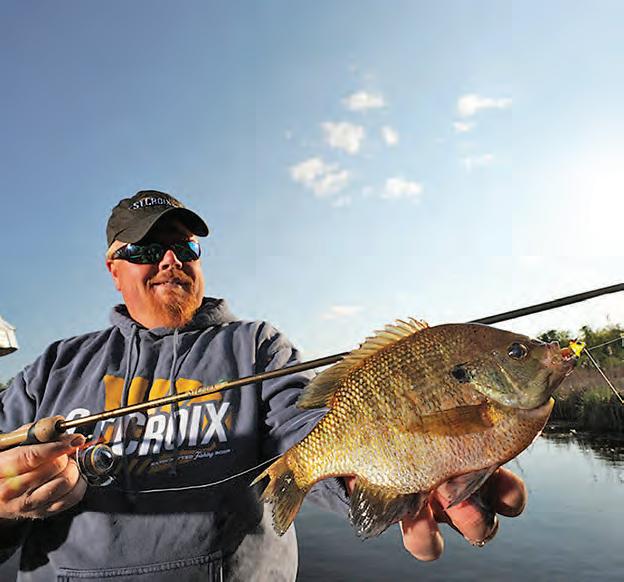
Most anglers think of Lake Okeechobee, Florida, and many other great shing lakes as a destination for largemouth bass. And they truly are. But for those in the know, “Lake O” boasts some of the greatest bluegill shing you’ll nd anywhere in the country.
!is is the time of the year—April and May—that bluegill anglers look forward to all year long. !is is when the feisty, hard- ghting pan sh begin their annual spawn. !eir popularity is unmatched with young and experienced anglers looking to test their light line and tackle.
While bluegill is a single species (Lepomis macrochirus), it is sometimes categorized into three subspecies: the northern bluegill, the coppernose
bluegill, and the southwestern bluegill.
To add to the confusion, redear sun sh and bluegills, both belonging to the sun sh family, are easily confused, but can be distinguished by the red or orange coloration around the redear’s operculum (gill %ap), while bluegills have a dark blue to black operculum. Redear sun sh typically grow larger than bluegills, but are o$en caught in the same area, as are coppernose bluegill.
Bluegills are so plentiful that many anglers come to Lake Okeechobee every year just for them and go home with coolers full of their tasty lets. !e daily limit is $y pan sh per angler, and that’s not a hard number to reach when the season is in full swing.
Bluegills can be caught year-round, but when they come into the shallows to spawn, they become a much easier target. Many anglers will test their skills with a %yrod and small popper, while others will use live bait, light line, and tackle—and even bamboo cane poles!
On average, bluegill typically range from six to eight inches in length, although some can grow up to 10 to 15 inches. Nine inches is considered a decent keeper in the “Big O.”

To rig for bluegill, use a small hook (size 8-10) with a light line, a small split shot a few inches above the hook, and a bobber set to suspend your bait near the bottom; commonly used live baits include small worms, waxworms, or crickets, and you can also try small jigs or tiny so$ plastic baits depending on the situation and water depth.
When it comes to the time of day that produces the best bluegill shing, many anglers recommend early evening. As the sun begins to set, waters tend to calm down and %ying insects quickly become a big part of the menu.
But during the spawn, bluegills can be caught all day long.

Finding the beds is relatively easy. Just look in shallow water, 5-foot deep or less for small circular divots in the sandy bottom. !ese “beds” will o$en be close together and will sometimes number in the hundreds.
!e world record bluegill—a sh weighing 4 pounds, 12 ounces— was caught in 1950 in Ketona Lake, Alabama with a cane pole and common worms.
Don Norton is Co-Publisher of Coastal Angler Magazine’s Okeechobee edition. Contact him at (863) 273-4998 or don@theanglermagazine.com.
















Praise for DiamondAura®
“So much sparkle and the play of light on DiamondAura® beats any diamond!” — D.D. from Columbus, OH
A classic tennis bracelet serves up over 10 carats of sparkle for a guaranteed win
It was the jewelry piece that made the world stop and take notice. In the middle of a long volley during the big American tennis tournament, the chic blonde athlete had to stop play because her delicate diamond bracelet had broken and she had to fnd it. Te tennis star recovered her beloved bracelet, but the world would never be the same.
From that moment on, the tennis bracelet has been on the lips and on the wrists of women in the know. Once called eternity bracelets, these bands of diamonds were known from then on as tennis bracelets, and remain the hot ticket item with jewelers.


with D Flawless diamonds from another company that costs $57,000!
Want to look like a million bucks without stressing over losing or damaging something that cost you a fortune? Te Love Wins Tennis Bracelet is a simple strand of glittering gems in precious sterling that epitomizes elegance.
FREE earrings with your purchase of the Love Wins Bracelet.

Te frst time we ofered this bracelet, we sold out literally in minutes. It was our fastest selling product of 2021. It took six months to get it back in stock — Get yours before we run out!
And there’s more... we will also include our Ultimate Diamond Alternative™ DiamondAura® stud earrings for FREE!
Jewelry Specifcations:

• 10 ¾ ctw of the Ultimate Diamond Alternative®, DiamondAura®
• Rhodium-fnished .925 sterling silver settings
• Bracelet: Fits wrists to 7 ½". Earrings: 1 ctw with post backs


We’ve captured this timeless classic with over 10 total carats of DiamondAura®, our signature diamond alternative stone. Tis sparkling marvel rivals even the fnest diamonds (D Flawless) with its transparent color and clarity, and both are so hard they can cut glass. Don’t believe me? Te book “Jewelry and Gems – Te Buying Guide,” praised the technique used in our diamond alternative DiamondAura®: “Te best diamond simulation to date, and even some jewelers have mistaken these stones for mined diamonds,” it raved. For comparison, we found a similarly designed 10 carat tennis bracelet
Love Wins Tennis Bracelet (10 ¾ ctw) $399 $39* + S&P
FREE stud earrings (1 ctw) with your purchase of the Love Wins Bracelet — a $99 value!
*Special price only for customers using the offer code.

Your Offer Code: LWB343-02
TYLER WOOLCOTT

ne of my all time favorite times of year to fish with one of the most fun ways to catch a bass. The spawn and post spawn feed is here for most of us in the south and it won’t be long for many others in the other parts of the country. There is a plethora of ways to catch these bass, but my all time favorite for getting bit and drawing in a big one is a hollow body popping frog.
A popping frog can be used as an incredible search bait, duplicating many different baitfish depending on where you throw it and what color you tie on. There are many different options out there, but I try to duplicate the baitfish forage in the particular lake I am fishing on. Sometimes I will stick to a frog that may imitate a bluegill, and sometimes I throw a color that would imitate a shad. Finding a frog that pops well, has good colors, and a big hook is a few things that need to check the boxes for me. The Gambler popping frog is good and so is the Spro.
When I throw a frog as a search bait, I like to work it faster than most. Cover as much water as possible until you put a pattern together on what exactly the fish are focusing on. That’s the magic of a frog; you can literally throw it around everything! Docks, lay downs, grass and down banks are just a few of the targets I would look for. Once you locate a group of fish or find that right area that they are using you can slow down and pick them off a little slower. I have noticed sometimes there isn’t a “too fast” while working a popping frog.
A couple things that I look for this time of year are areas with active fish spawning, fry guarding bass, and also fish roaming the banks feeding on bluegill. This is something that is very predictable and an awesome way to catch big ones when you get around it. Typically, if you know of a few areas that the fish had previously spawned, these patterns will be occurring in the same areas. I throw a bluegill pattern popping frog because the bluegill will typically be a fish that chase their fry and a fish that drives them crazy this time of year.
Another pattern that you might want to keep your eyes out for is a shad spawn. This usually occurs in the mornings and in the evenings and can be a way to catch a bunch of fish in a hurry. We typically look for birds feeding on banks while running down the lake; you find the birds, you find the bait! A white popping frog or a baitfish color is typically my choice in this situation as a lot of times these fish are so keyed in on the baitfish that you’ll want to match the hatch.

A popping frog can work all year long, but this time of year I think it excels the greatest. It’s an incredible search bait that really drives these fish crazy, and who doesn’t like catching fish on a topwater with heavy line and a heavy rod? Grab a popping frog and go catch some big bass! Frog Fishing Gear: Typically when throwing a popping frog you will be around some heavy cover and need to have some big hooks to get through the fish’s mouth. This calls for a heavy rod, some big line and a fast-geared reel. I like to throw a 13 Fishing 7’4H Myth rod paired with a Concept A 8.3 reel spooled up with Sufix 832 50 lb. braid. This setup will allow you to get the fish out of the heavy cover and into the boat.
Tyler Woolcott is a professional tournament angler and guide. Check out his website at www.tylerwoolcottfishing.com.

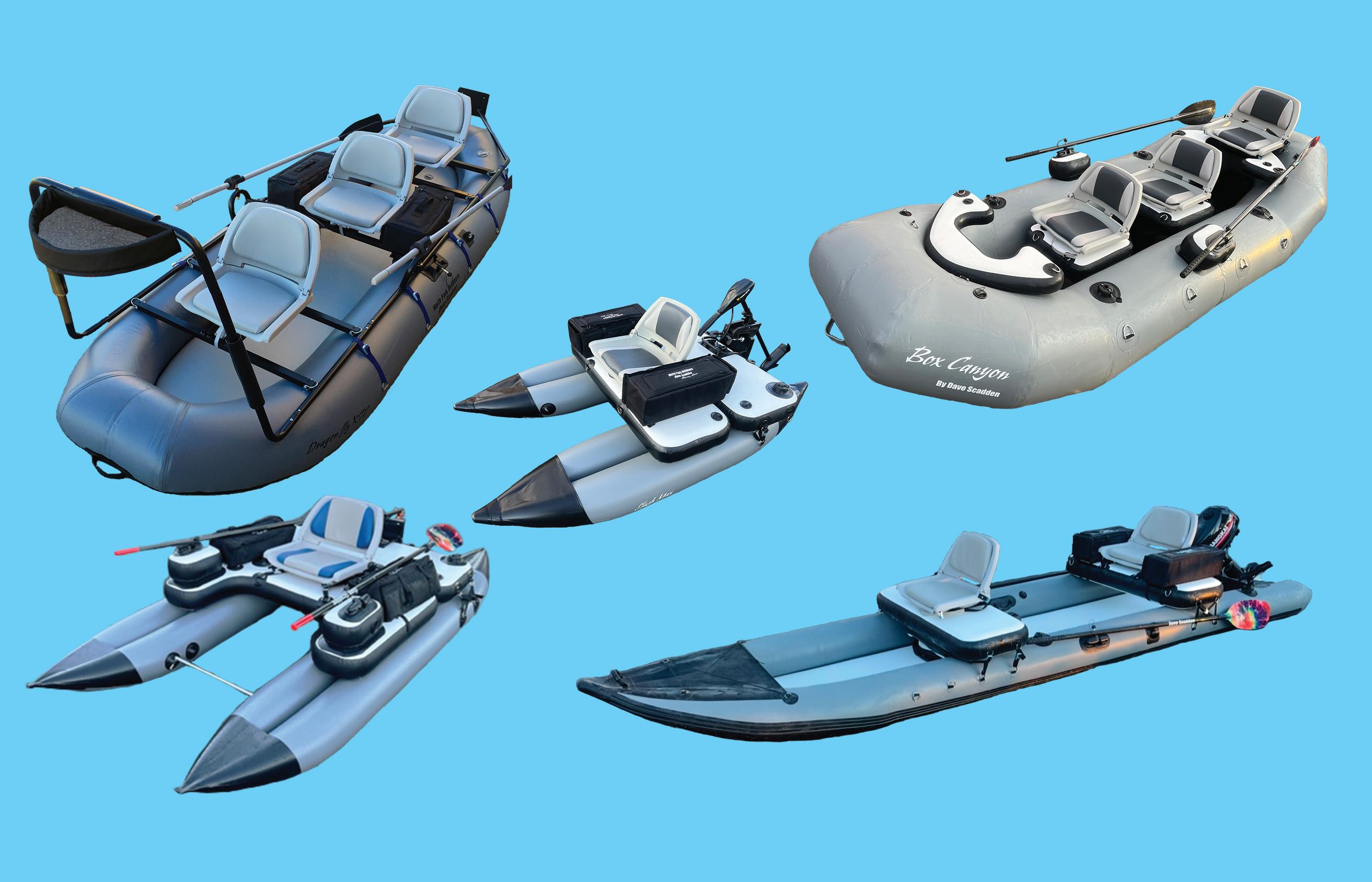













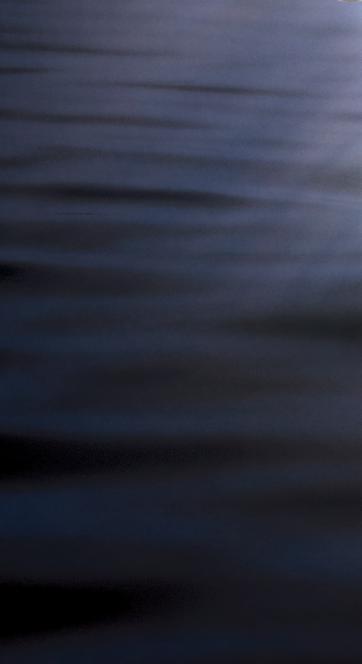




You’re looking at it! Furuno’s award-winning Radar gives you clarity & target separation like no one else. Don’t take our word for it. See for yourself. Scan here, and we’ll show you! DRS4DNXTDRS6ANXT






